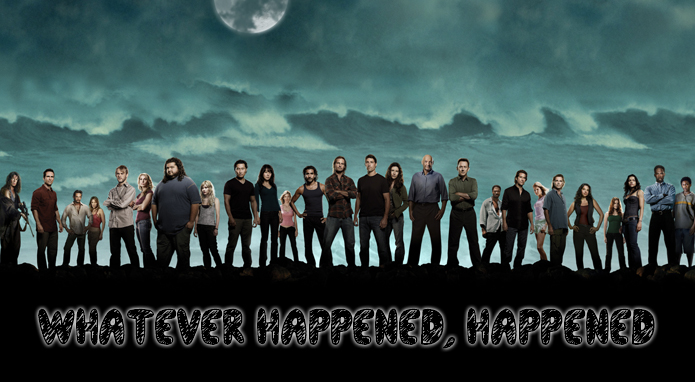//We Have To Go Back
What makes the re-watch liberating?
Considering television storytelling was first utilized to sell soap to housewives, the medium has become exponentially more complex in reaction to the capability of an audience to control its watching experience.
Since audiences could digest the narrative at their own pace via DVD collections, the process of TV storytelling has added narrative layer after narrative layer to keep up with the sophistication of the audience. An additional product was required to revisit the series as you saw fit, be it DVDs or a DVR with a large hard drive, so advertisers and money-men alike allowed the creatives behind narrative TV to elevate the complexity of the storytelling methods used on traditional programming.
Now that streaming television has reduced the amount of effort required to jump between episodes, arcs and seasons–disc-switching be gone!–the phenomena of the series-long re-watch and “binging” have been introduced to the TV watcher’s arsenal of tools to fully process the narrative placed before them. Unlike DVDs, streaming services like Netflix and Hulu+ welcome series to their repertoire in chunks that don’t require an additional purchase of a product, but rather a subscription; a promise to ingest content on the regular, to meet a wide variety of narratives head on.
Where once a TV show would have its on air finale and disappear completely, now, we can revisit a story’s entirety with complete control over how that narrative unfolds. Television at the turn of the century was reaching a new level of narrative complexity with the real-time suspense of 24 and the lyrical middle seasons of The Sopranos, it also helped audiences develop their critical thinking tools. Over the six seasons Lost was on the air, the TV landscape changed to suit the complex narratives the audience wanted to be told.
Lost‘s storytelling feeds into the narrative control fantasy a re-watch allows because the original broadcast was structured around not knowing the complete picture. Cliffhangers, Island mysteries, hatches, and near-death experiences (and some actual death experiences) put what we knew from the previous week’s plot in jeopardy, forcing us to work over what we knew like an everlasting gobstopper for a full week before the next episode. Re-watching Lost after the narrative has completed is to watch a show with the key storytelling mechanic neutered anyway you rationalize it; we know the solutions to most of the show’s mysteries.

Comments